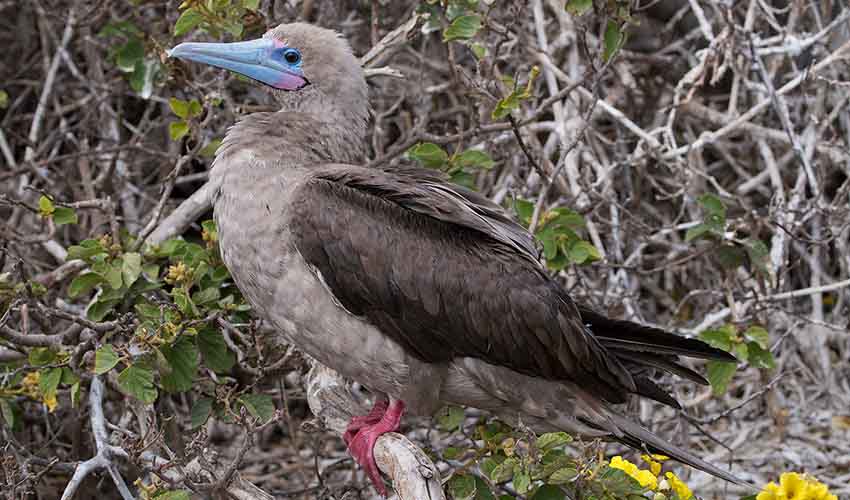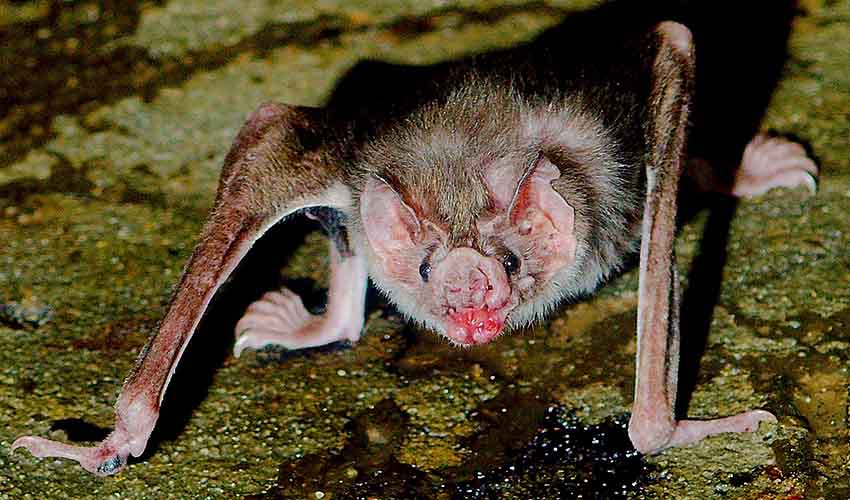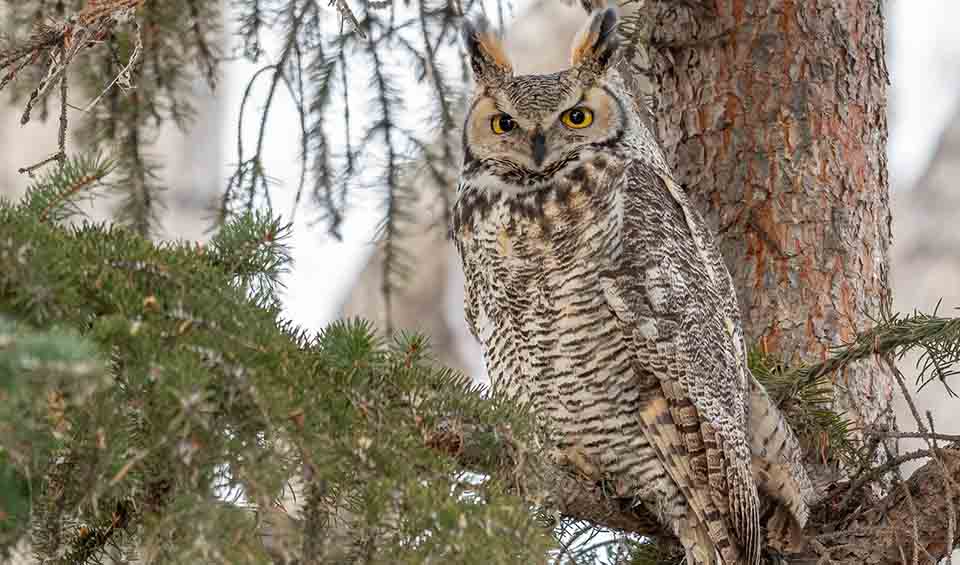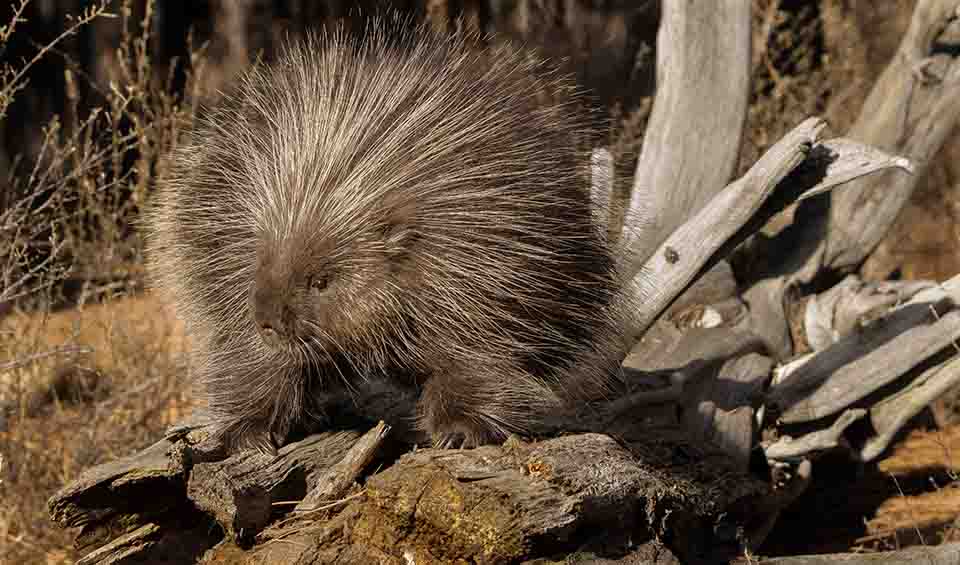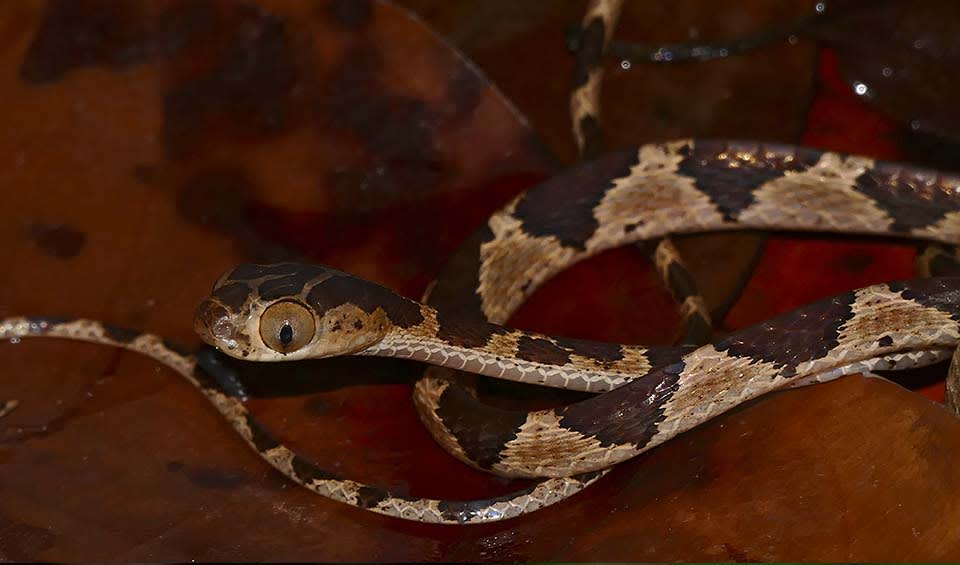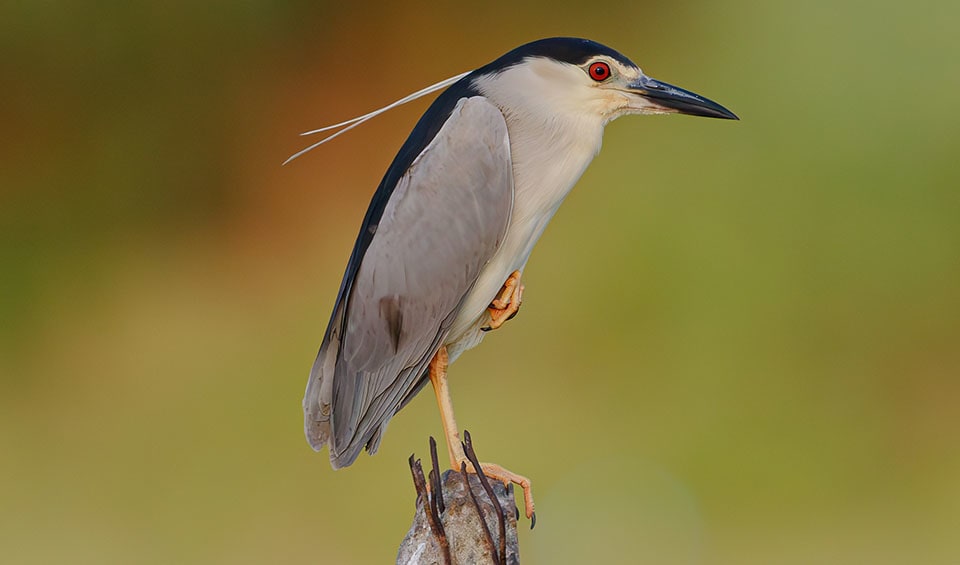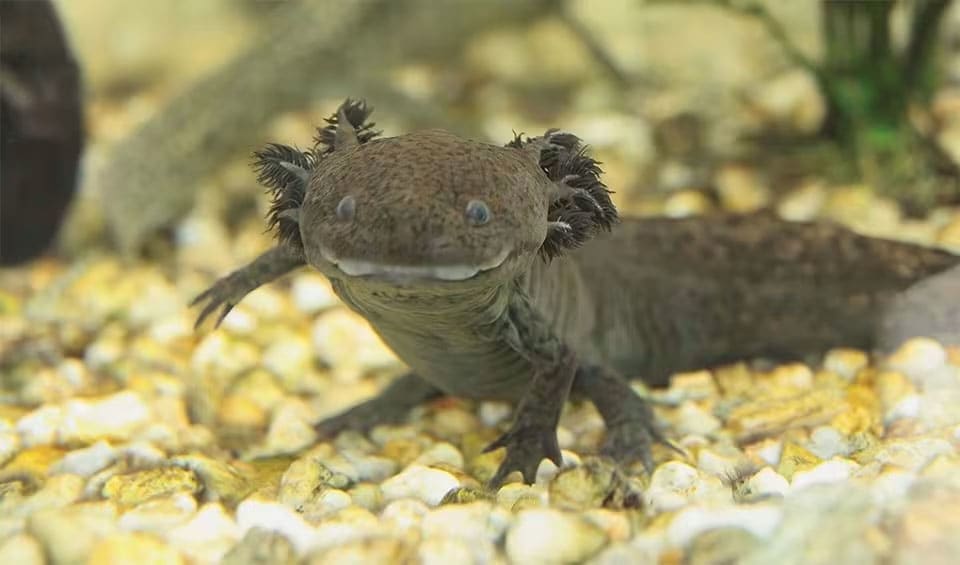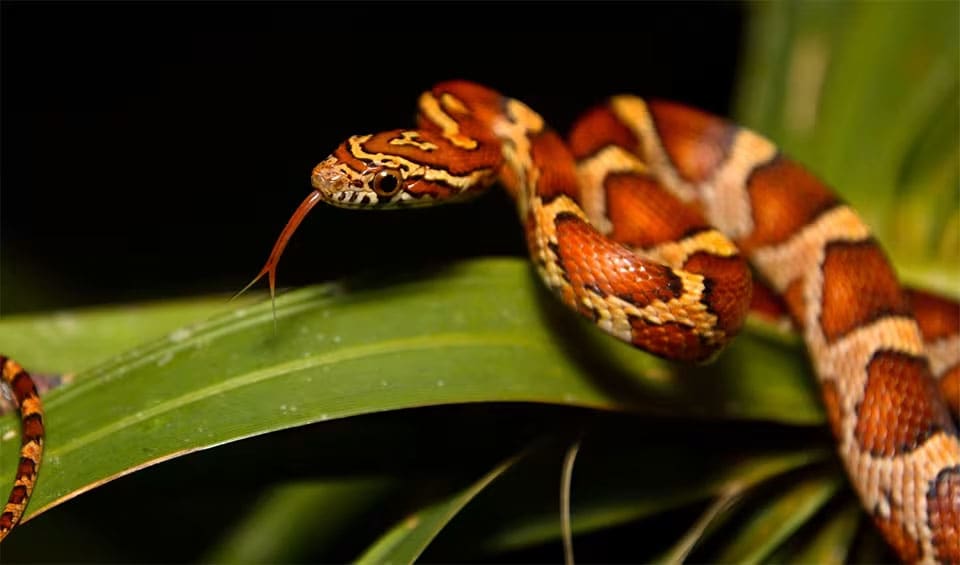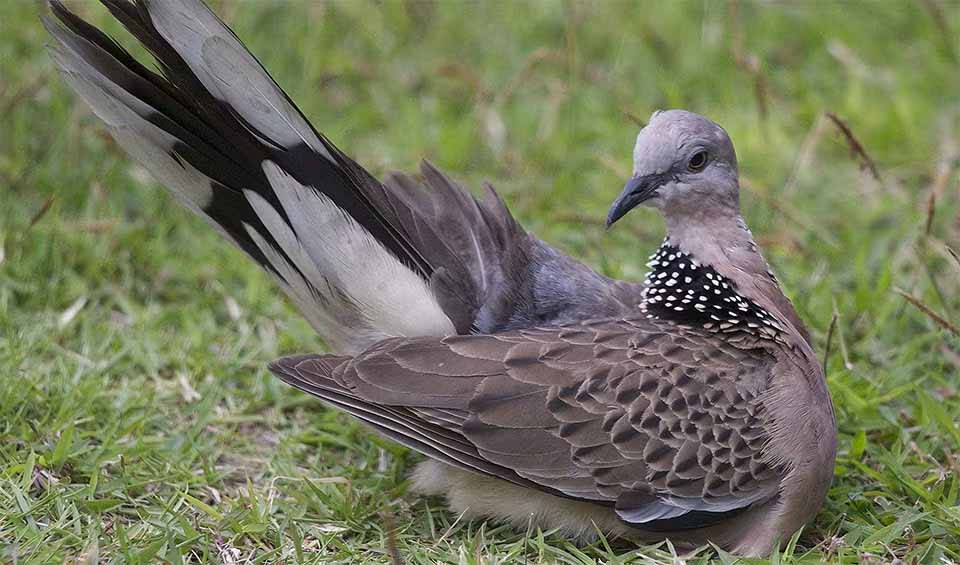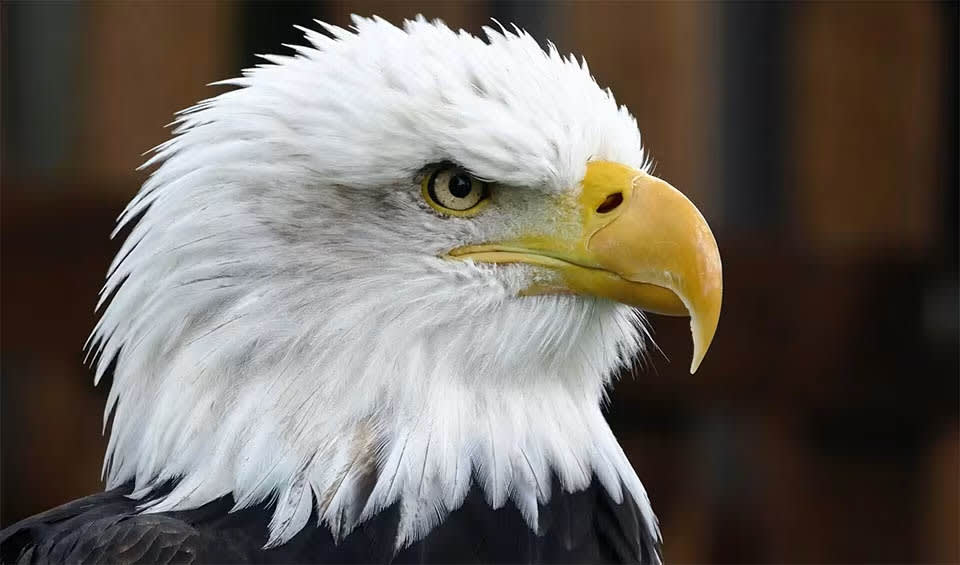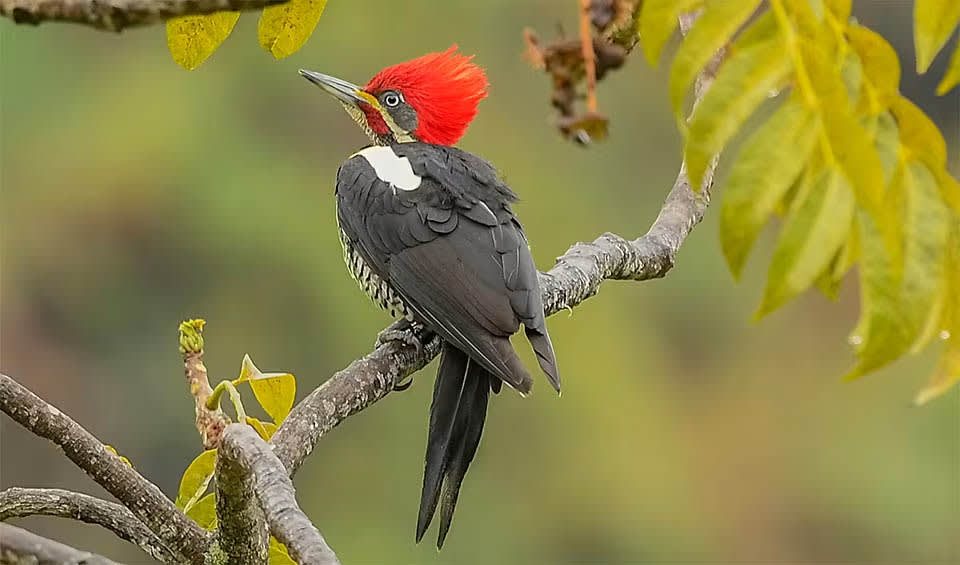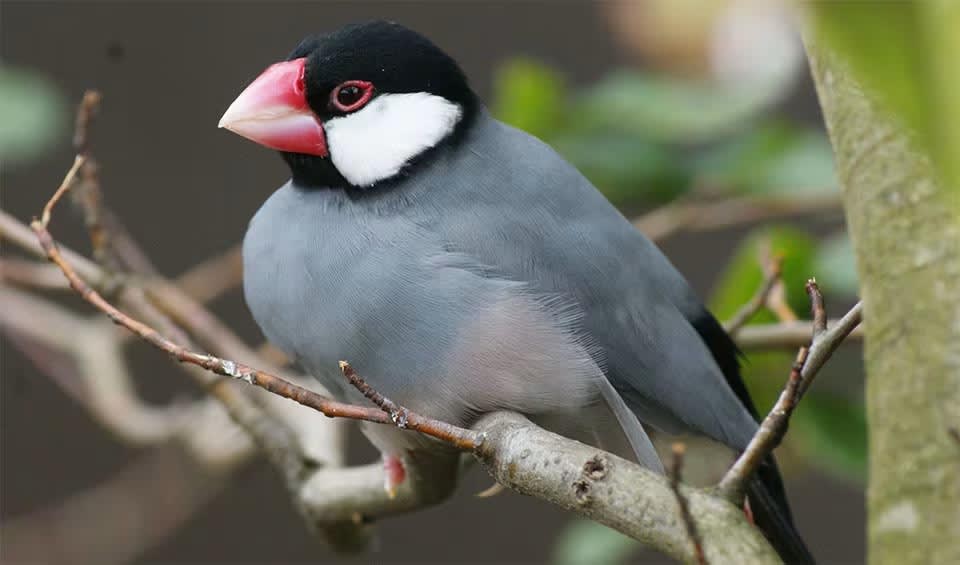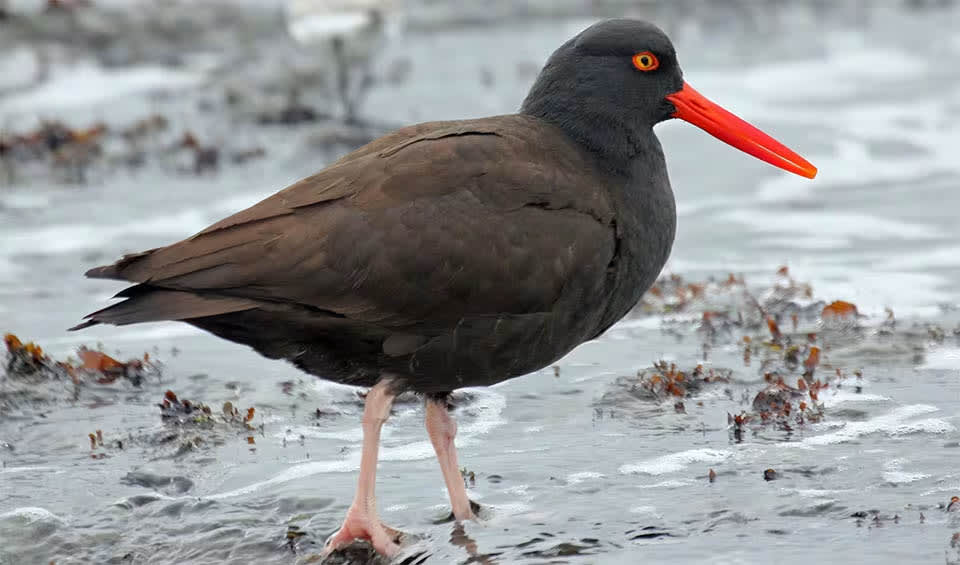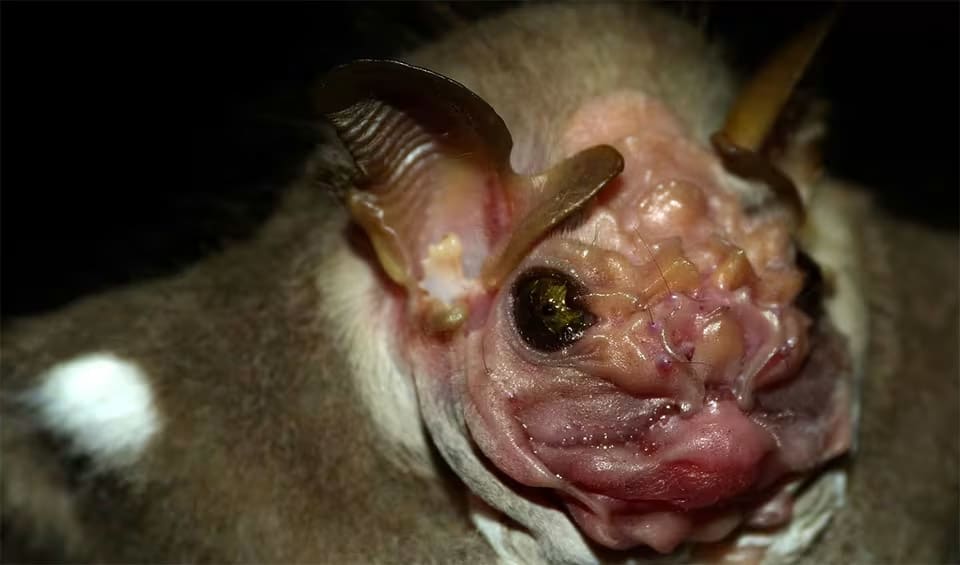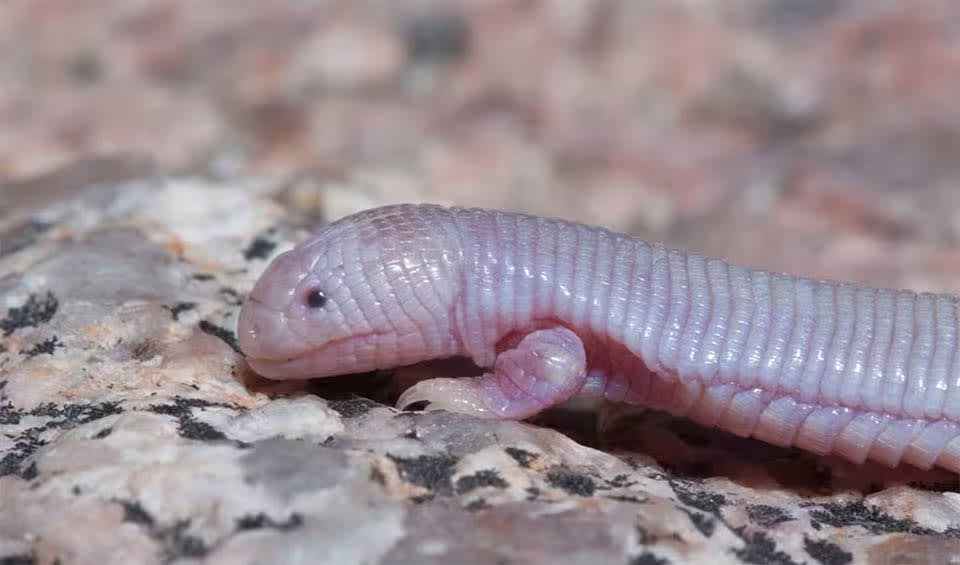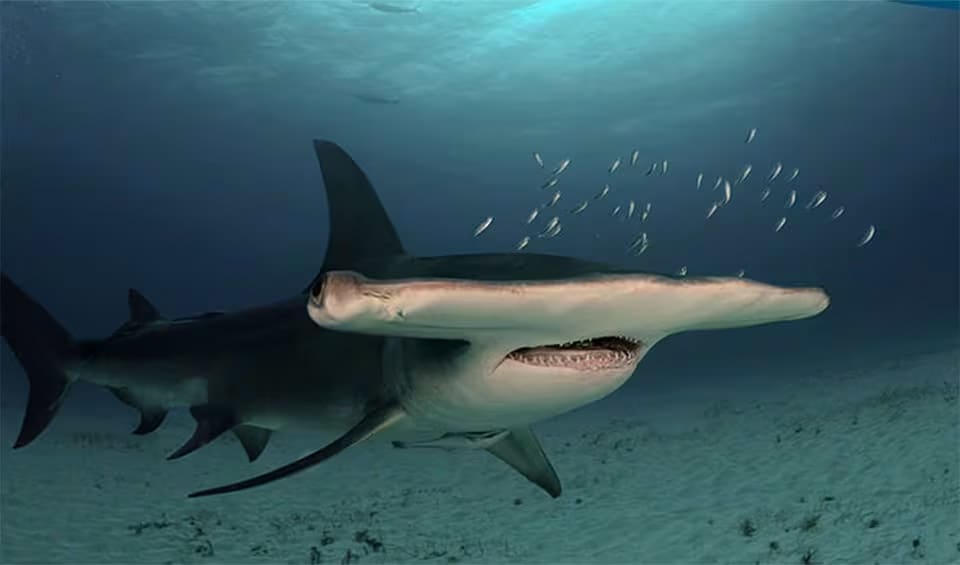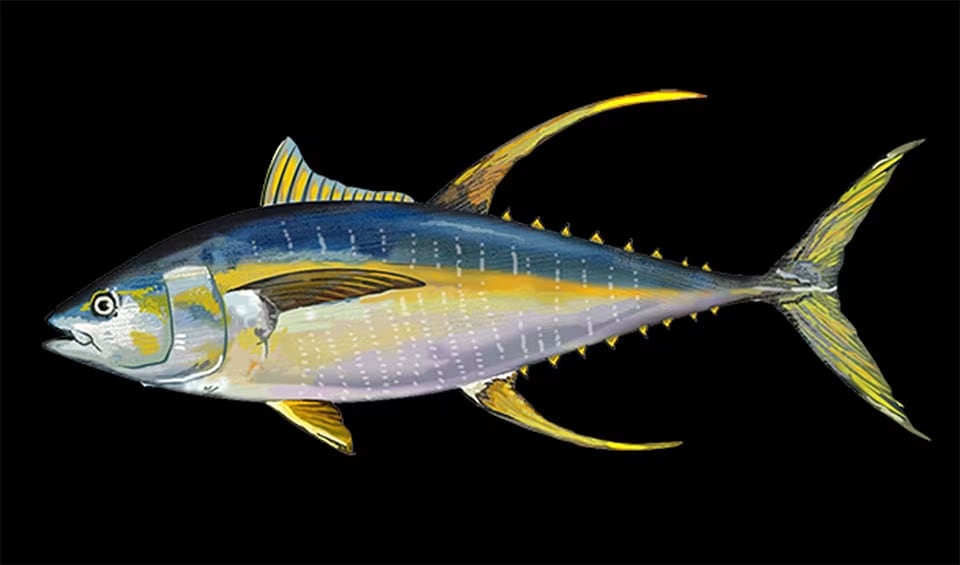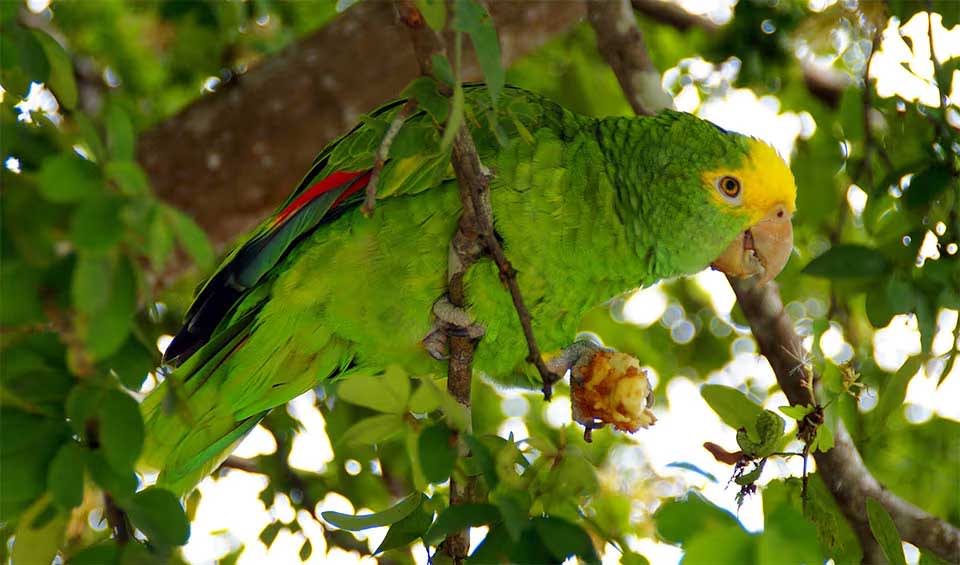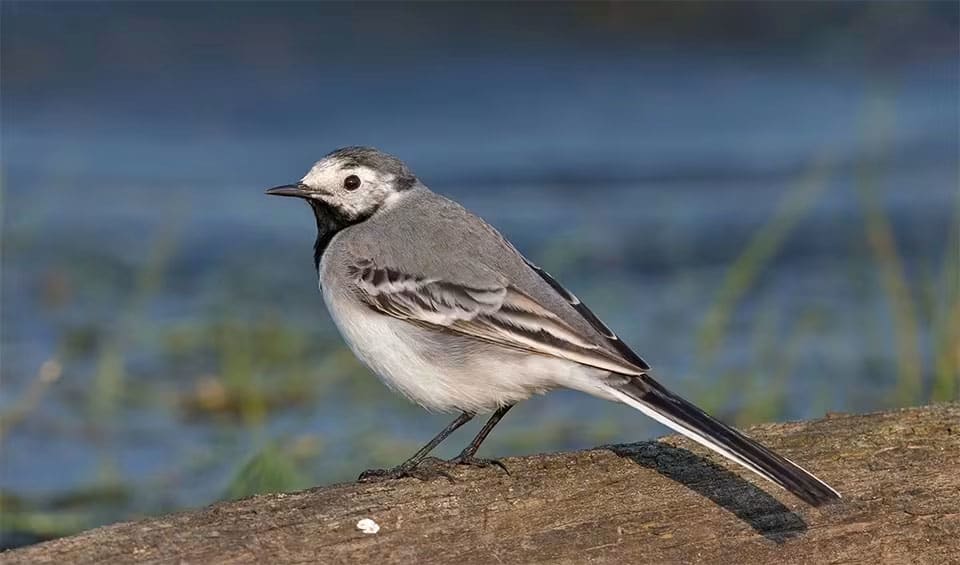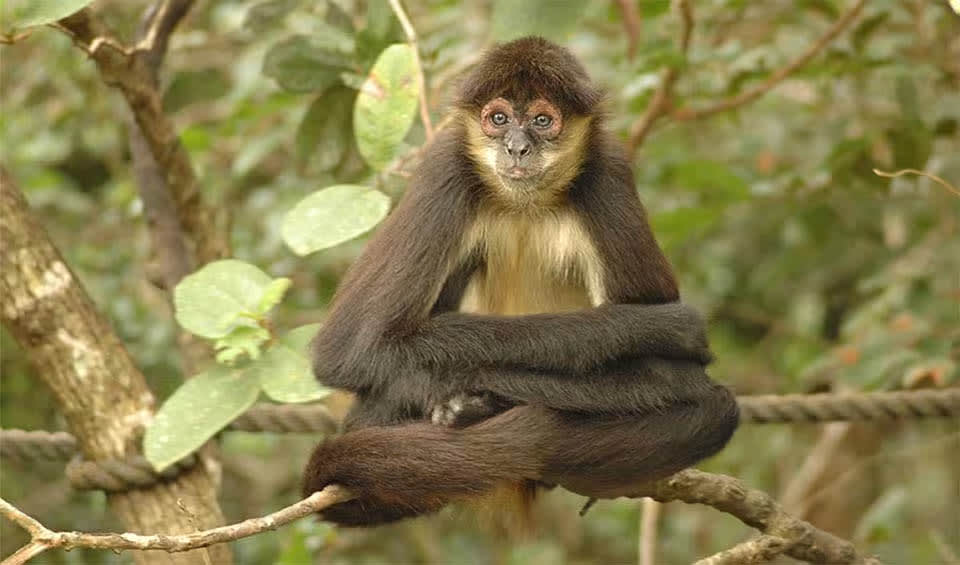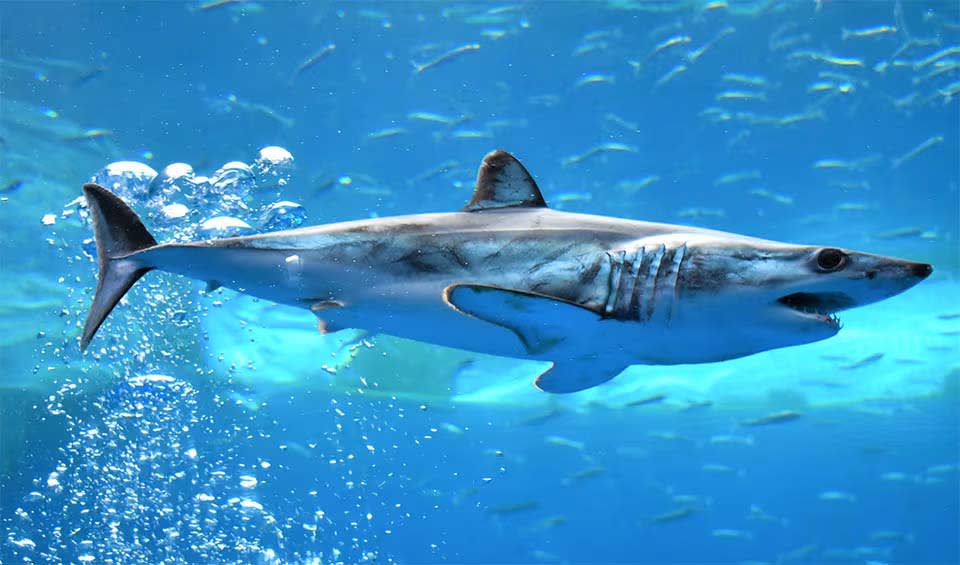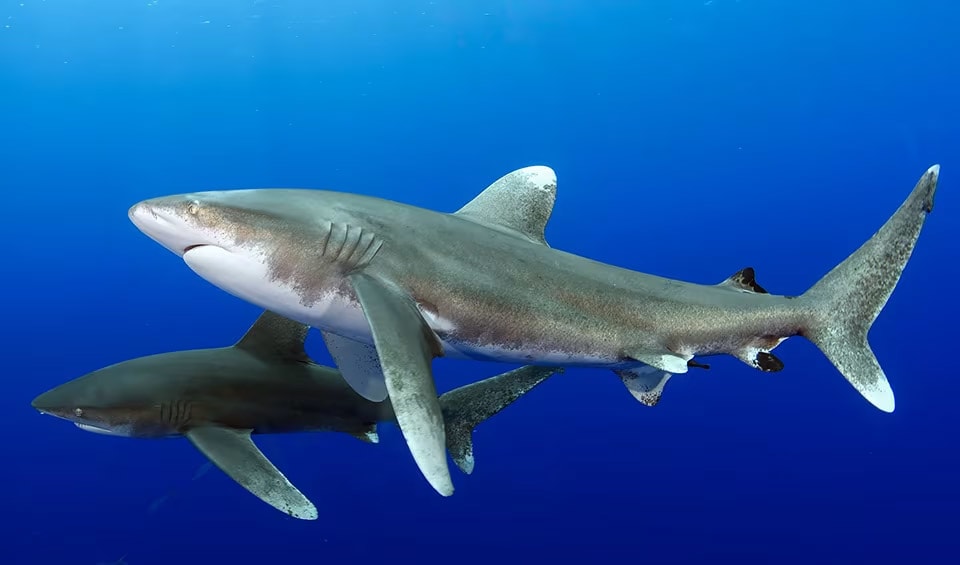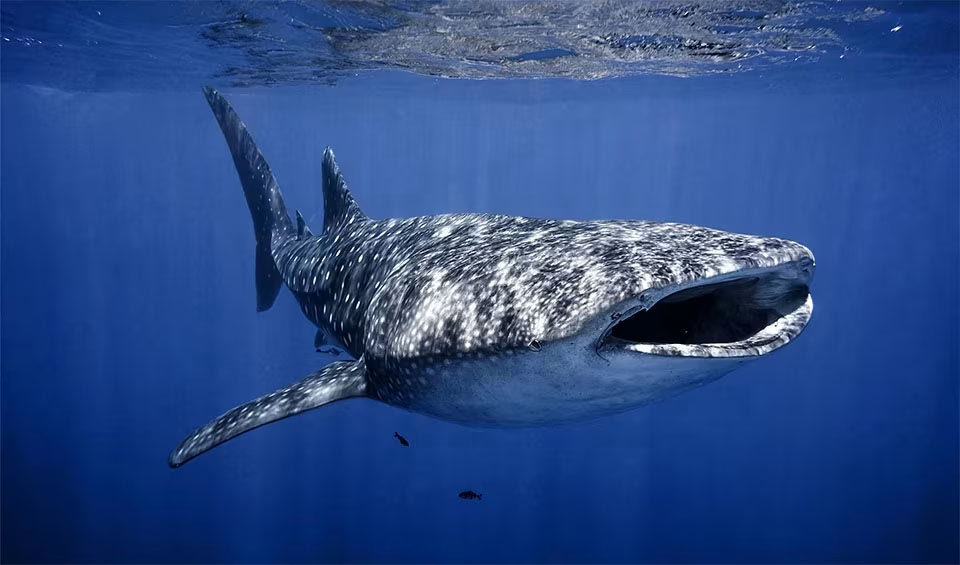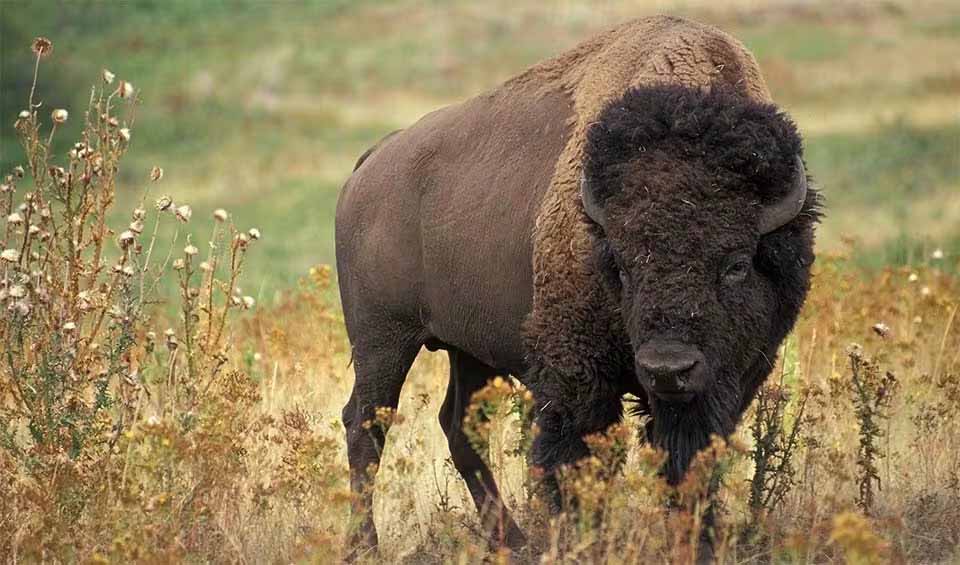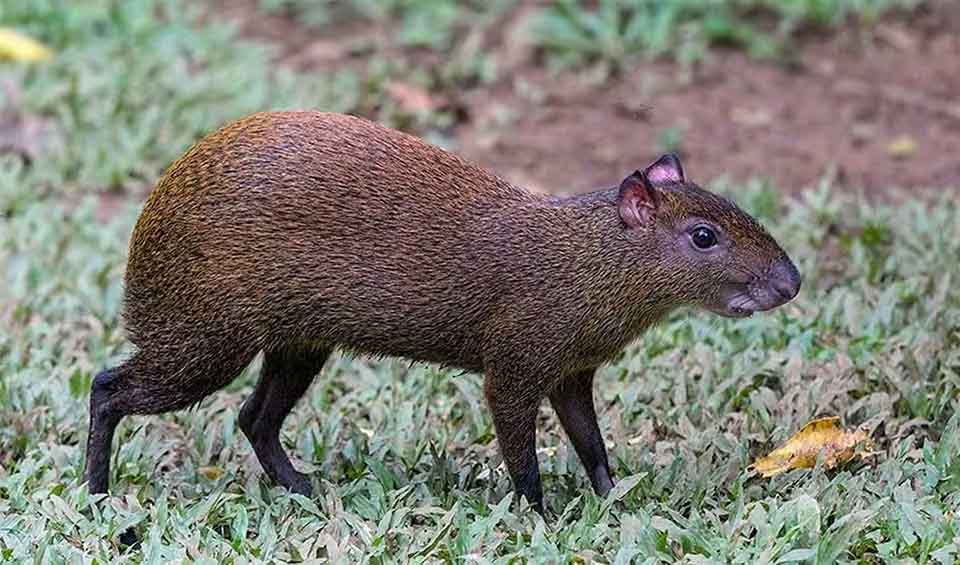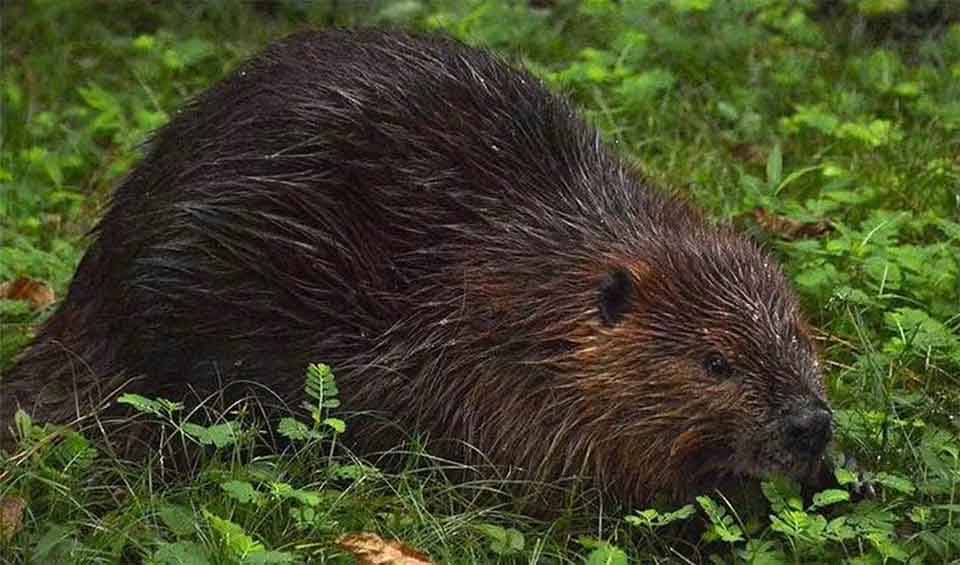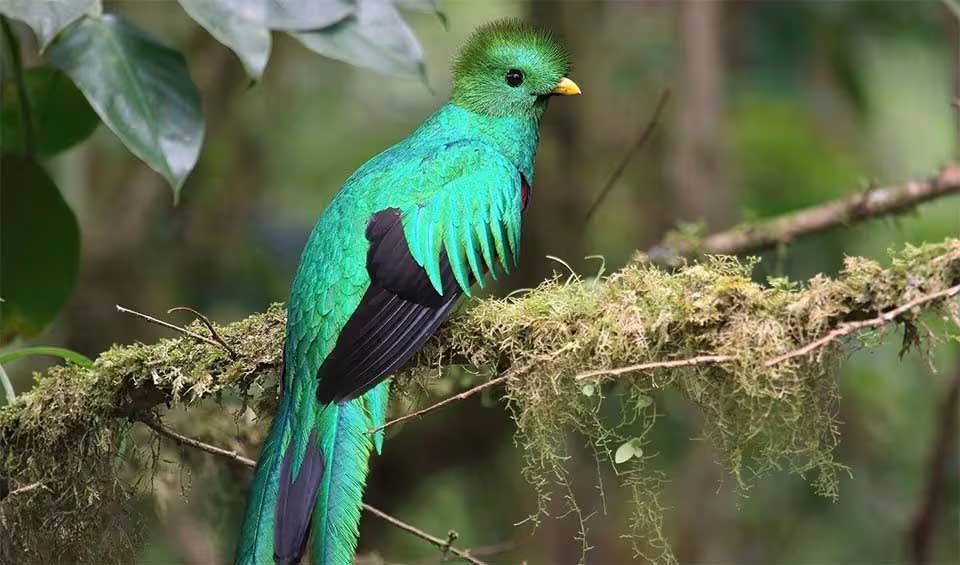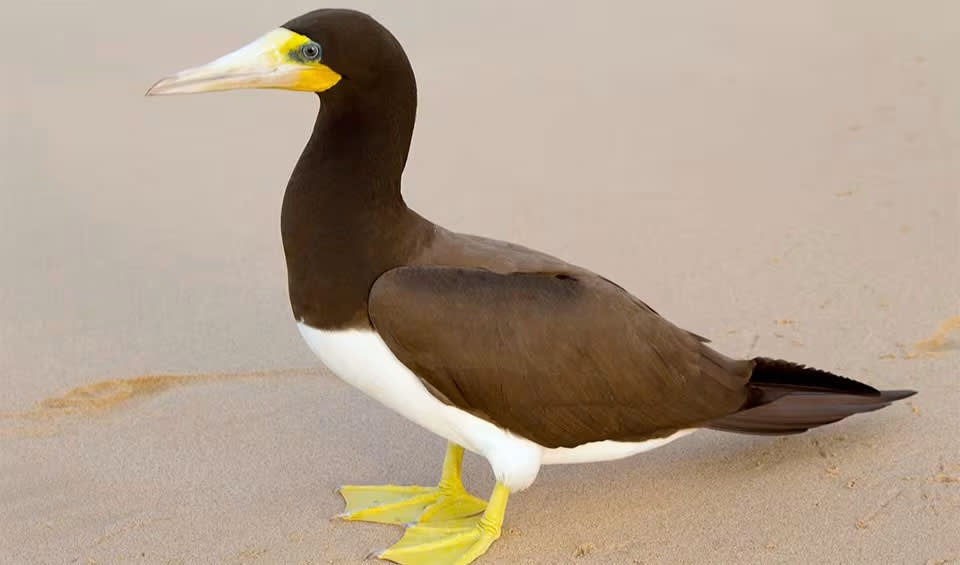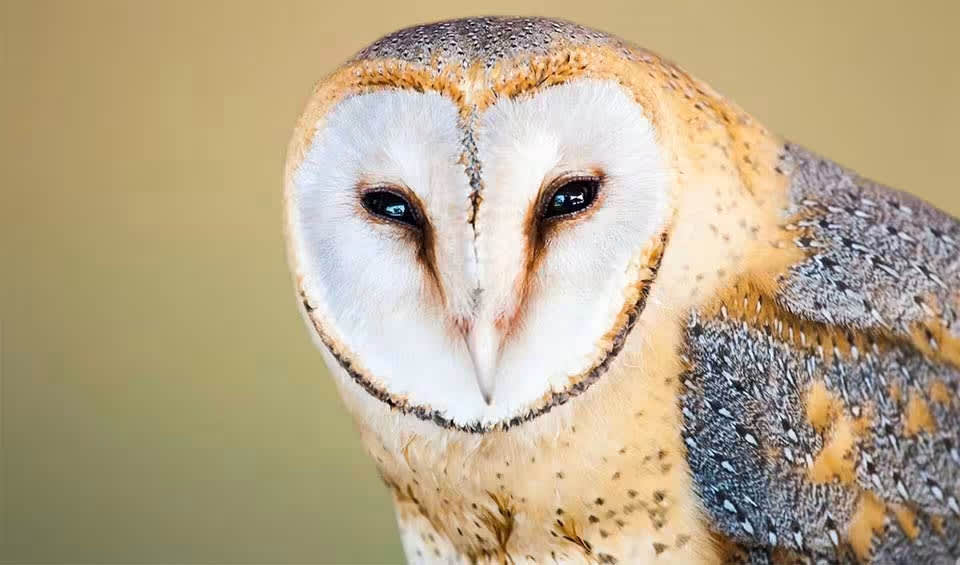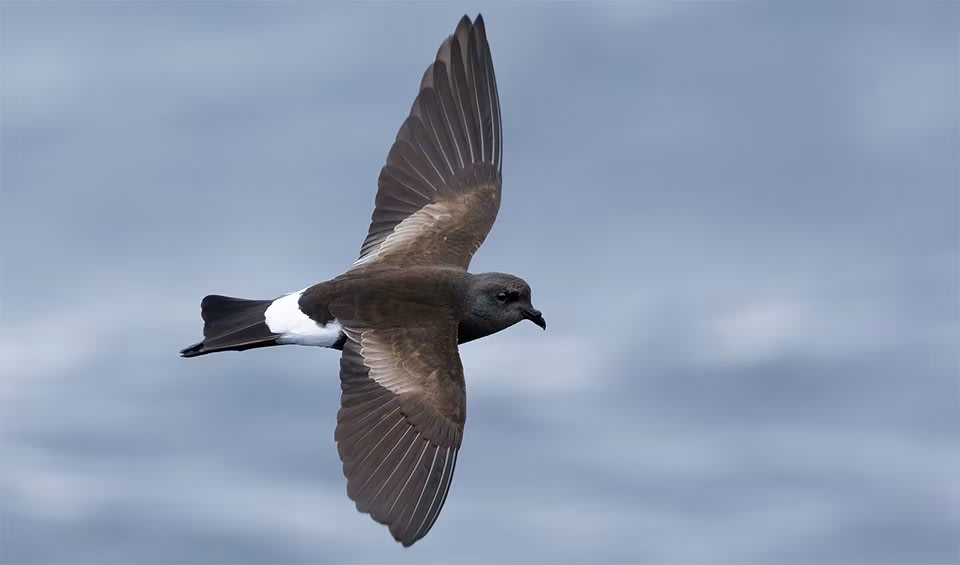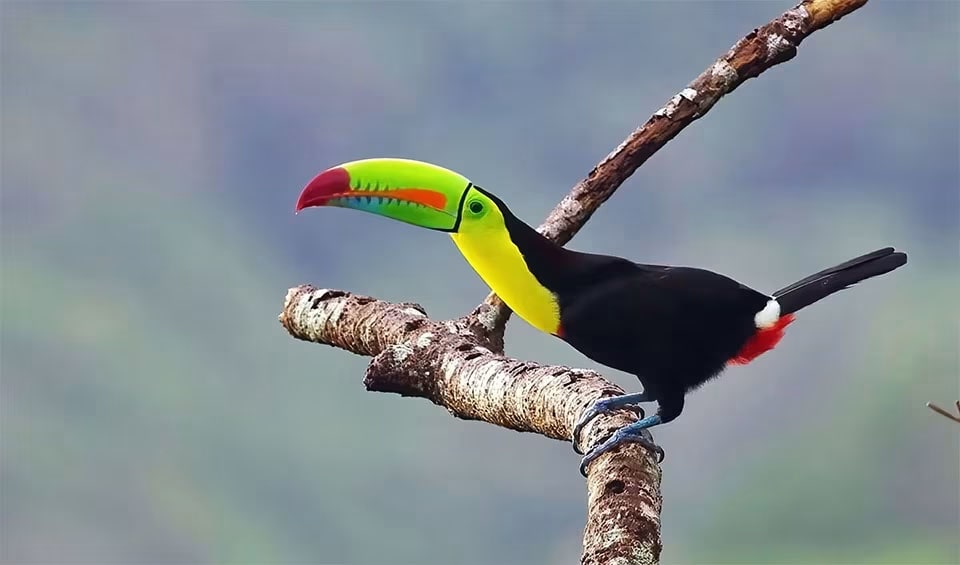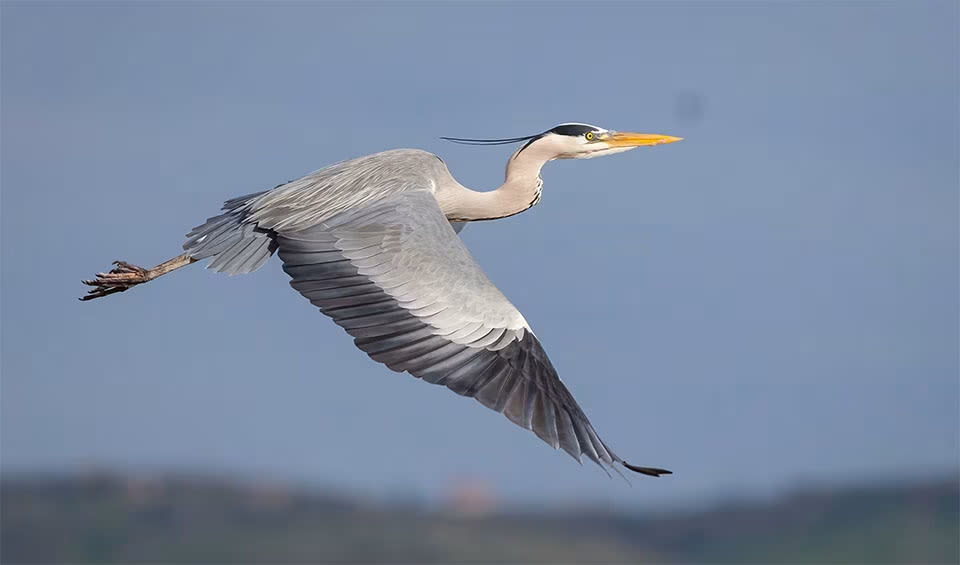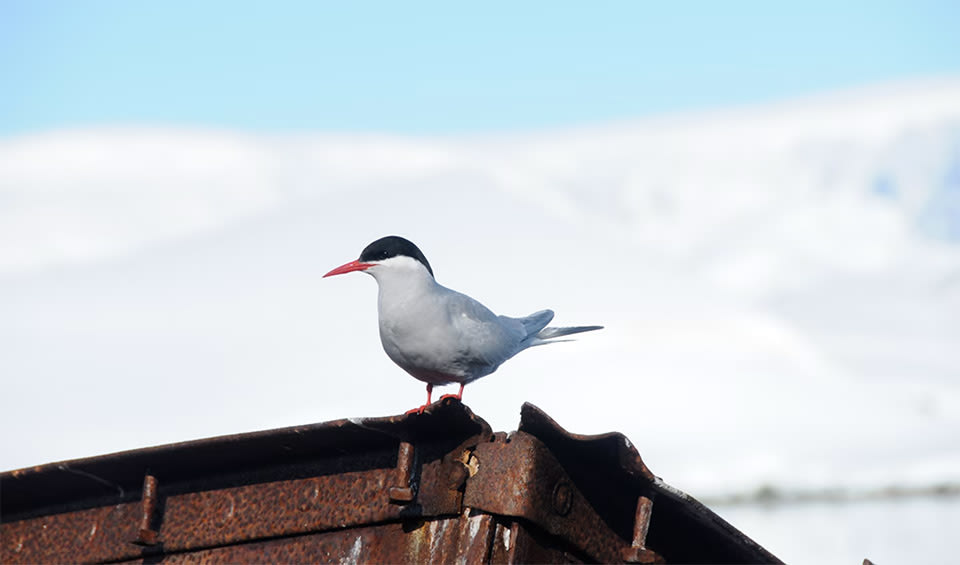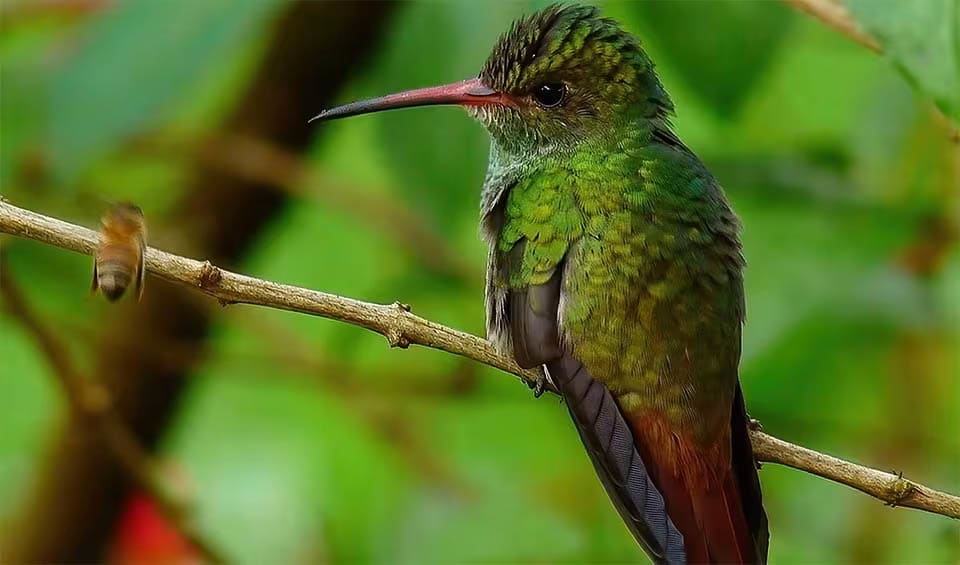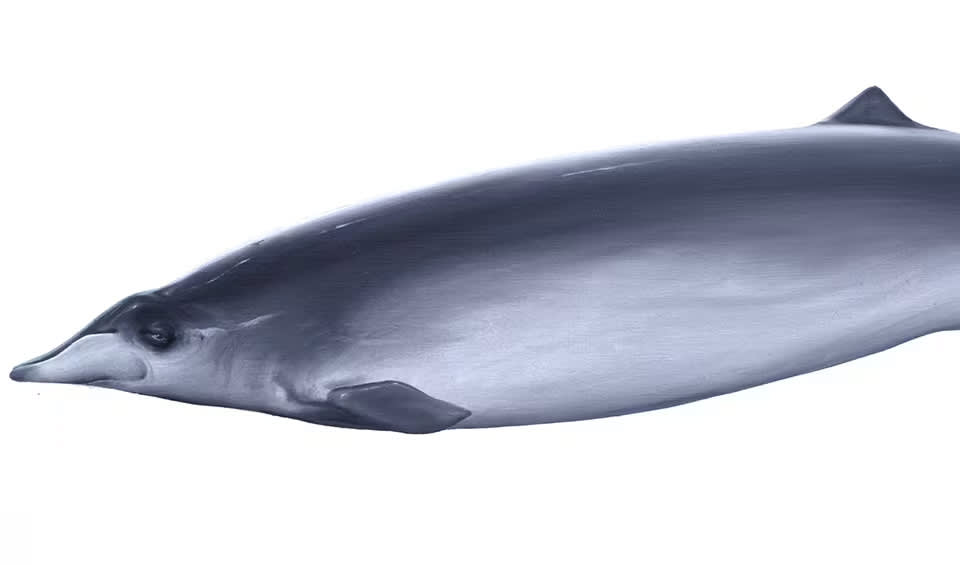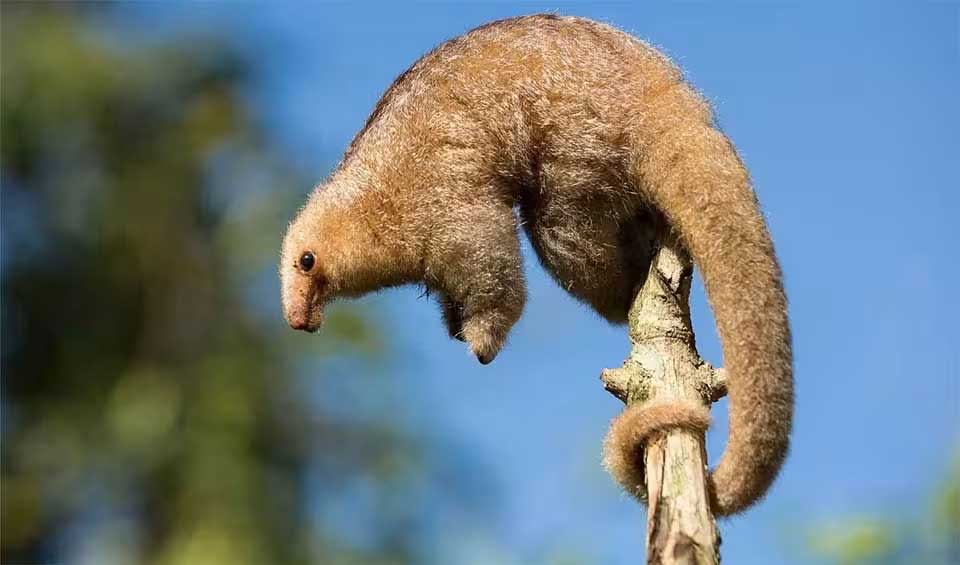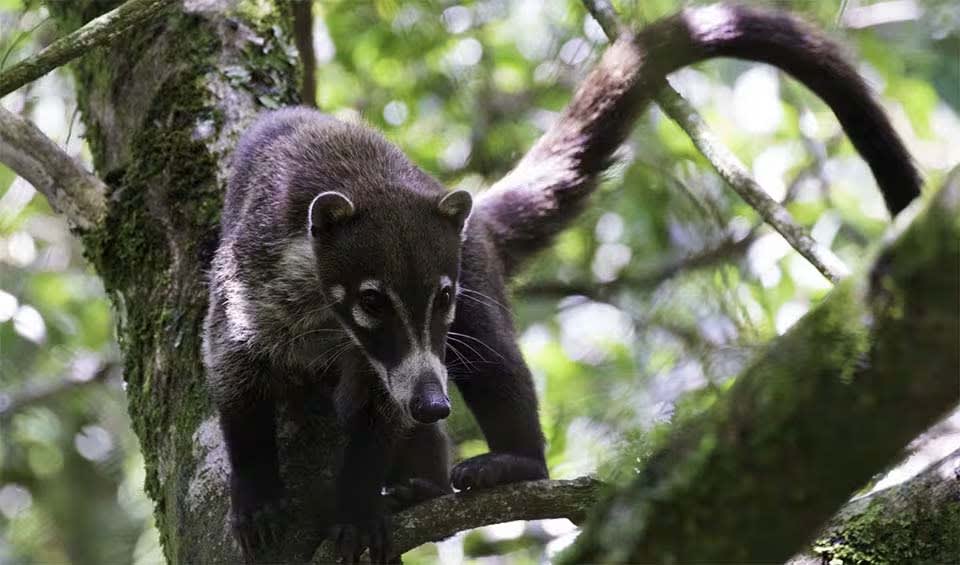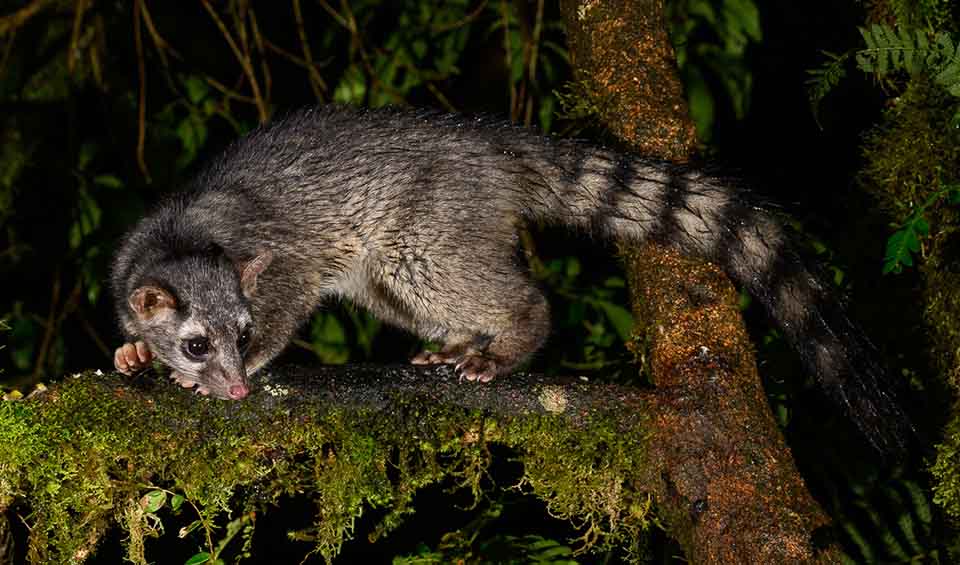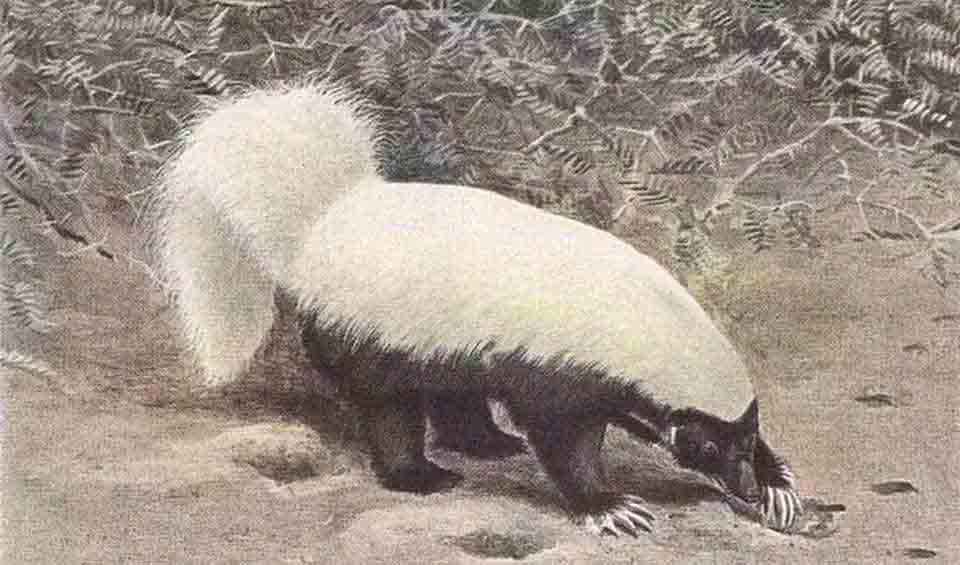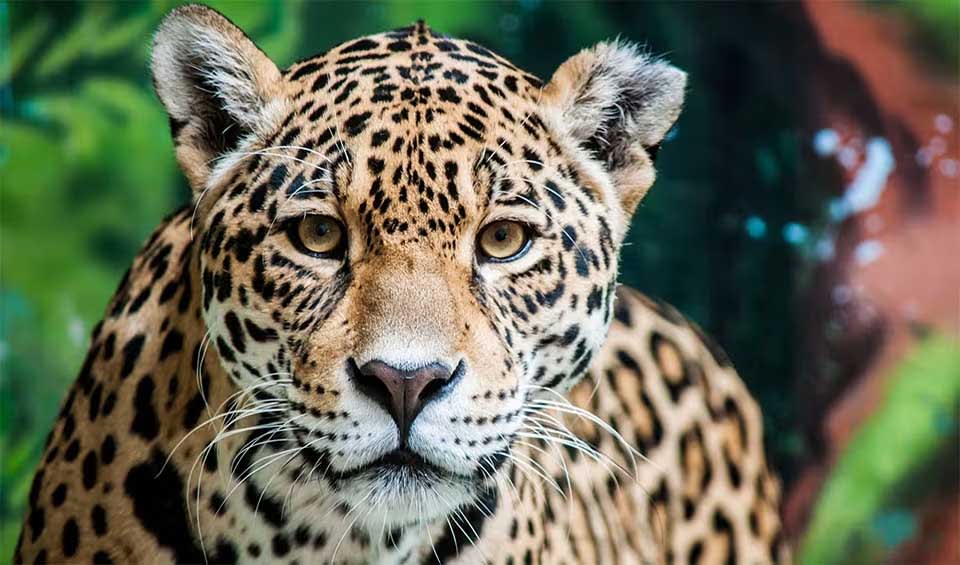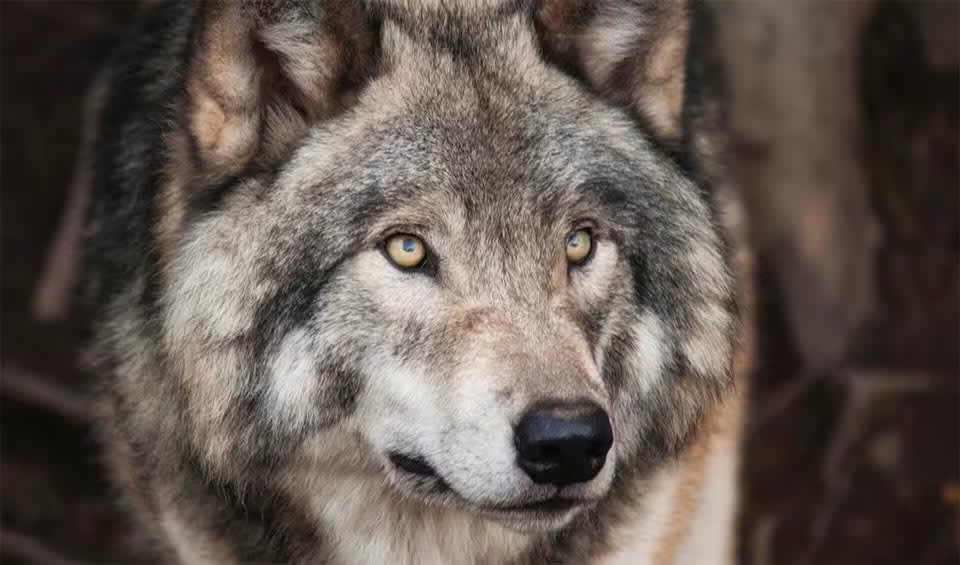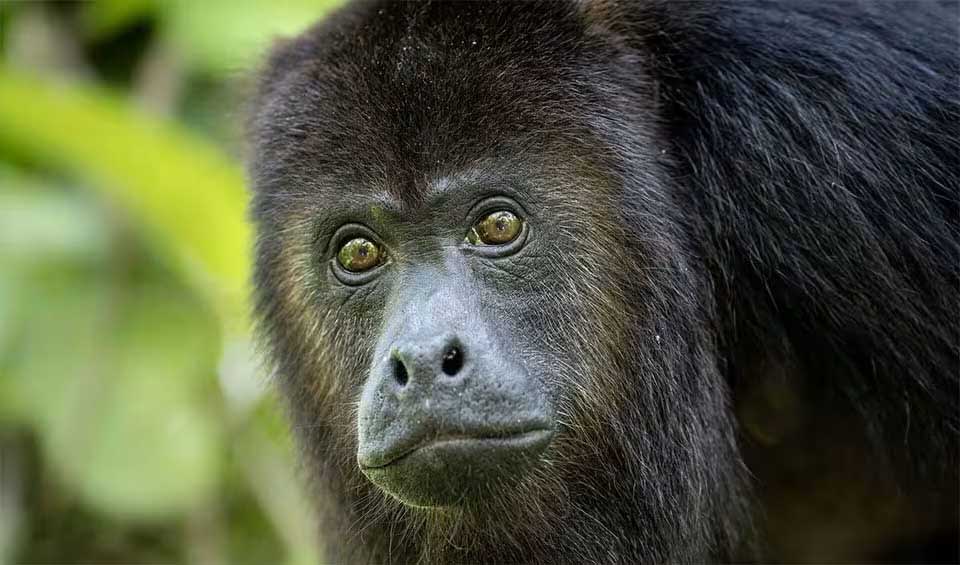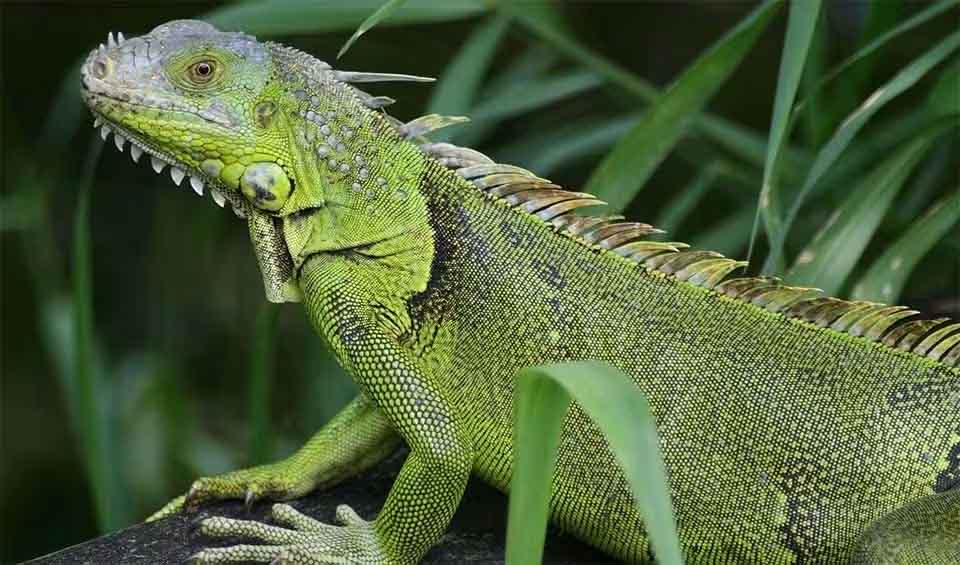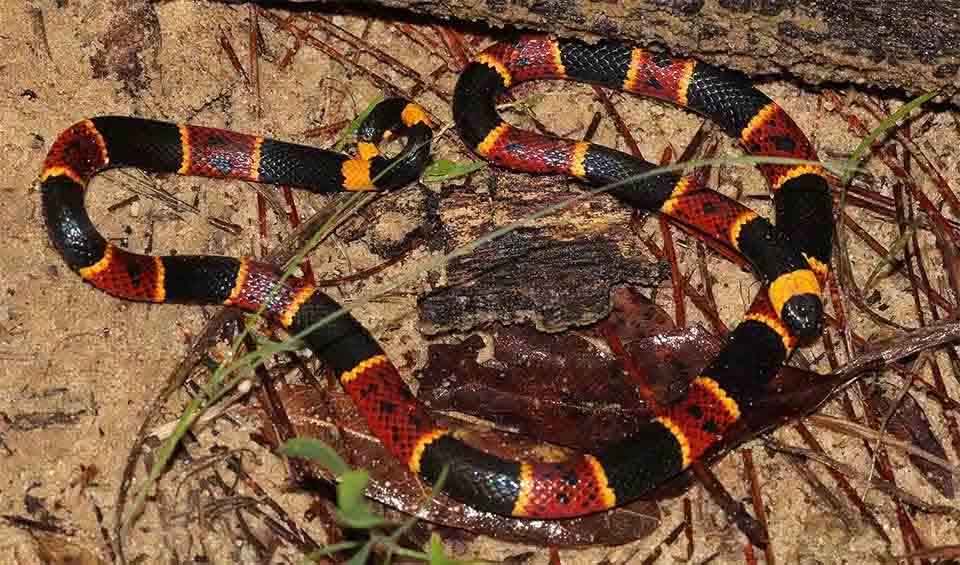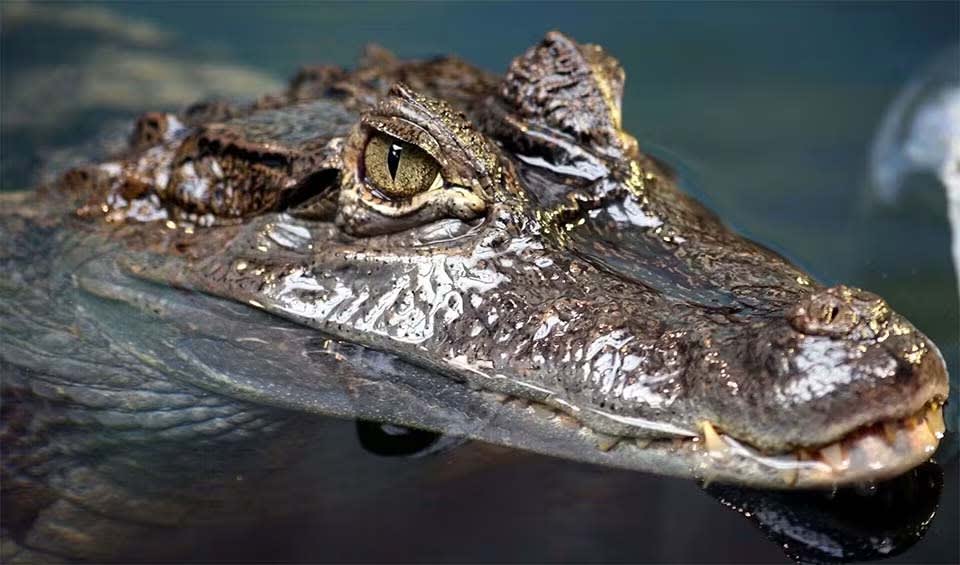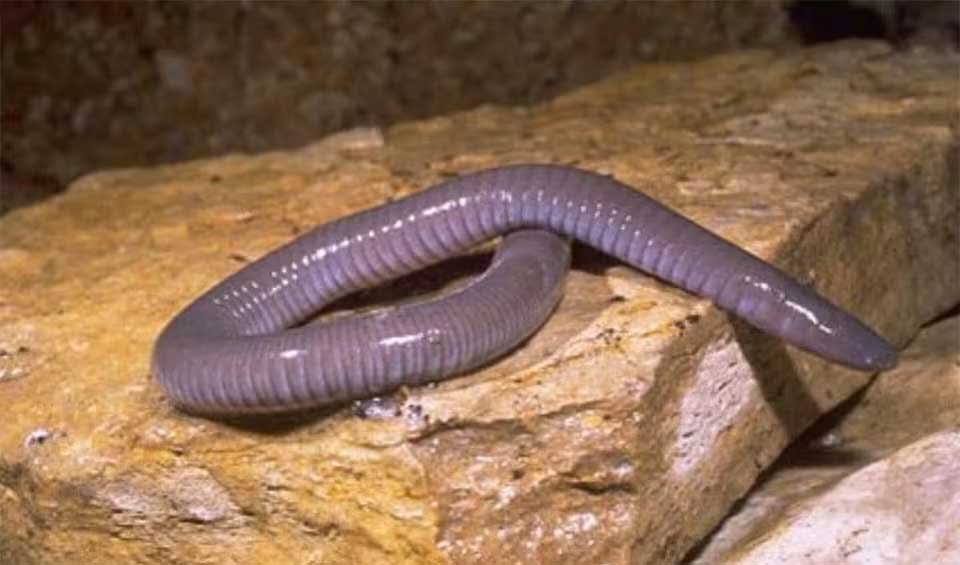Search for Mexico
Long-billed hermit
Those “plain” feathers? They’re perfect camouflage for a bird that does most of its business in the shade
Atlantic horseshoe crab
A living fossil of the Atlantic coast
Largetooth sawfish
The only sawfish known to spend long stretches of its life in freshwater lakes, not just rivers or coasts
Ruddy ground dove
One of the tiniest doves in the Americas
Wood stork
The “giant of the swamp”
Green kingfisher
Have eyesight that is exceptionally keen—so much so that they can easily spot tiny fish swimming just beneath rippling water
Red-footed booby
Goofy-looking yet evolutionarily refined for life above the waves
Common vampire bat
Most famous — and misunderstood — of all vampire bats
Tropical kingbird
Surprisingly aggressive for a bird with a sunny name
Greater sac-winged bat
A scented, singing, socially savvy insect hunter
Turkey vulture
A bird that quietly keeps the environment clean
Amazon kingfisher
Despite its name, it is not limited to the Amazon Basin
Great black hawk
One of the largest hawks in the Americas
Scalloped hammerhead
Their skin actually darkens, just like a sunburn!
Great horned owl
Often called the “tiger of the sky” because of its fierce hunting skills and bold personality
Nilgai
Have an awkwardly stiff gait, kind of like they’re walking in slow motion with exaggerated leg lifts
Derby’s woolly opossum
A creature of the night—rarely seen but ecologically important
Northern tamandua
Armed with claws and a tongue longer than its head, it specializes in breaking and entering… ant nests, that is
Ruddy turnstone
They flip the script — literally!
Ocellated turkey
“Ocellated” comes from the Latin word for “little eye,” referring to the beautiful eye-like spots on their tail feathers
North American porcupine
If they feel cornered, they’ll stomp their feet, rattle their quills, and even release a funky smell as a warning
Snowcap
Might visit hundreds of flowers a day to meet its energy needs — it burns calories almost as fast as it consumes them!
Mexican hairy dwarf porcupine
Known for its mix of fuzzy cuteness and prickly defense
Barred forest falcon
The ghost of the rainforest — more often heard than seen
Spectacled owl
Easily recognized by its bold facial markings that resemble a pair of white spectacles
Agami heron
One of the most beautiful and secretive herons in the world
Blunthead tree snake
Looks more like a living vine or a character from a fantasy novel than a typical reptile
Cloudy snail-eating snake
Unlike many snakes that rely on speed or venom, this snake depends on stealth and precision
Black-crowned night heron
One of the most widespread and adaptable herons in the world
Yellow-crowned night heron
Crabs make up over 90% of their diet
Gila monster
A small group of nest predators that contains venomous lizards
Black-tailed rattlesnake
While still venomous and dangerous if provoked, they are considered less aggressive than some of their rattlesnake cousins
Barking frog
Although they’re fairly widespread, they are rarely seen
American crocodile
These creatures often ingest stones, aiding food digestion and buoyancy regulation in the water
Midget faded rattlesnake
One of the smallest species of rattlesnakes in North America, hence the name “midget”
Laughing gull
Once you’ve heard them laugh, it’s hard to forget!
Southwestern speckled rattlesnake
You see, its skin can be all sorts of colors, like pink, brown, gray, or even yellow!
Galápagos fur seal
Have some of the best eyesight among marine mammals, which helps them see in the dark, deep waters where they hunt
Whooping crane
The tallest bird of North America- saved from the brink of extinction, with less than 20 left in the ’40s
Axolotl
With a cartoonish face that resembles a smiling emoji, Axolotl is among the most famous amphibians
Black-tailed jackrabbit
Trick question, is a black-tailed jackrabbit a rabbit or a hare? The answer is a hare!
American kestrel
The smallest of falcons in the entirety of America, but you would be mistaken to take this bird lightly
Cooper’s hawk
With its keen eyesight, or darting through the trees in pursuit of prey, it embodies the precision and power of nature’s predators
Goosander
Its long, serrated beak, often called a “sawbill,” is perfectly adapted for catching slippery prey like fish
California sea lion
The most intelligent of all sea lion species; trained for use by the United States Navy
Highland eyelash-pitviper
Those ‘eyelashes’ are actually special scales that help them hide in the leaves
Yucatán black howler monkey
An elegant arboreal dweller with a resounding voice that echoes through the forest
Collared aracari
An attractive small toucan found in Mexico, Central, and South America
Pond slider
Got their name from their ability to quickly slide off logs or rocks into the water when they feel threatened
Eastern copperhead
Easily recognized by their distinctive hourglass-shaped bands, which are often brown or reddish-brown
Corn snake
Often get mistaken for venomous copperheads due to their similar patterns, but fear not, they are harmless!
Mexican prairie dog
Earned the “dog” part of their name from their distinctive, bark-like alarm call that alerted early explorers to their presence on the prairies
Lesser black-backed gull
A common sight in coastal regions throughout the Northern Hemisphere
Terciopelo
One of the most well-known and feared snakes in Central and South America
Boat-billed heron
Got its name from its distinctive, boat-shaped bill, which is wider than it is tall
Horn shark
Their distinctive “horns,” specialized teeth, and spiral-shaped eggs set them apart from other sharks
Spotted dove
A delightful bird with a calm and peaceful nature
Brown anole
Often seen sunning themselves on fences, walls, and tree trunks
Bald eagle
The magnificent national bird of the United States, distinguished by a snowy white head, neck, and tail
Painted bunting
A tiny bird with colors so bright, it looks like it was painted by an artist
Lineated woodpecker
With its strong, sharp beak, it’s a master at pecking holes into trees to find tasty bugs hiding inside
Java sparrow
Small, chubby bird with big, round eyes that make it look extra cute
Flat-headed myotis
Risen from extinction, declared gone in 1996 but miraculously rediscovered in 2004
Northern cardinal
The state bird of seven U.S. states—more than any other bird
Muskrat
They’re kind of like big, furry rats but with a different shape
Brown pelican
The smallest of the eight pelican species
Green jay
Often seen as a symbol of both curiosity and cleverness
Groove-billed ani
Got a long tail, a big head, and a curved bill with little grooves on it – that’s where its name comes from
Flat-tail horned lizard
It’s got big, pointy horns sticking out, making it look like a tiny dragon. Don’t worry though, it’s completely harmless!
Common chuckwalla
It puffs up its body by taking in lots of air to make itself look bigger and scarier to scare away enemies
Eastern racer
Even though they might look scary, they’re actually harmless to people and often attempt to flee rather than fight
Black oystercatcher
Don’t let their name fool you; they actually prefer to eat mussels and limpets rather than oysters!
Red-headed woodpecker
Unlike other woodpeckers, this bird loves to catch bugs in the air, not just from trees
Cozumel raccoon
Much smaller than the raccoons you might see in other places, and it has some unique looks
Black-footed ferret
Often seen engaging in antics that include hopping sideways and backwards, a behavior known as the “ferret dance”
Wrinkle-faced bat
One of the most unusual-looking bats with lots of funny wrinkles and folds in its face
African clawed frog
It’s a frog, but it doesn’t look like the typical frogs we think of!
Green anole
Really good at climbing trees and fences because their feet have special sticky pads that help them stick to almost anything!
Barn swallow
Most common and widely distributed swallow globally
Mexican mole lizard
A mix between a worm and a lizard, with a surprising trick up its sleeve – tiny legs!
Great hammerhead
The biggest of all the hammerhead sharks, with a massive head that looks like a giant, flat hammer
Crested caracara
Got the looks of a hawk with the scavenging habits of a vulture
Black-eyed leaf frog
Has bulging orange eyes that seem to pop right out of its head, earning it the nickname “popeye hyla”
Yellowfin tuna
Popular food fish, prized for its mild flavor and firm texture
Southern lapwing
Fearless defenders of their nests and chicks, often taking on much larger animals or humans if they perceive a threat
Great kiskadee
This bird is a real chatterbox, constantly announcing its presence with its loud, three-part call – “kis-ka-dee!”
Pantropical spotted dolphin
A champion swimmer and a social butterfly of the warm seas
Brown noddy
They bob their heads up and down as they fly, which is actually how they earned the nickname “Noddy”
Burrowing owl
They don’t build their own nests – they cleverly take over burrows abandoned by prairie dogs, ground squirrels, or even tortoises!
Common bottlenose dolphin
Known for their acrobatic leaps, twisting and turning gracefully as they jump completely out of the water
Turquoise-browed motmot
Unlike many other birds that build nests in trees or bushes, they excavate burrows in earthen banks or road cuts
American flamingo
Famous for its habit of standing on one leg
Common dolphin
Often seen riding the bow waves of boats or performing acrobatic leaps out of the water
Yellow-headed parrot
A genius of the jungle with a vibrant fashion sense
Trumpeter swan
The largest species of Waterfowl present in America
Common pheasant
One of the most hunted, widespread, ancient, and well-known game birds
Southwestern toad
Adapted to survive in the semi-arid, rocky mountain environments
American bullfrog
Introduced to many regions where it is now considered an invasive species
Sandhill crane
Known for their elaborate courtship dances, which involve leaping, bowing and trumpeting
Western toad
Can tolerate colder temperatures better than many other amphibian species
White wagtail
Holds cultural symbolism in some societies, representing good luck
Tiger shark
They eat almost anything that comes their way – you name it, they’ll try to snack on it!
Geoffroys spider monkey
Hooks for hands…
White-lipped peccary
They can spend up to two-thirds of their day traveling and feeding
Shortfin mako shark
Speed and power embodied, they rule the seas with their sleek bodies and jaw-dropping leaping prowess
Basking shark
Majestic giants of the sea, they peacefully glide through the ocean with mouths agape, filtering the waters for sustenance
Oceanic whitetip shark
Opportunistic predators of the open ocean, their aggressive and persistent feeding behaviour strikes fear into the hearts of their prey
Bull shark
Fearless and formidable, these aggressive predators command respect in the waters they roam
Whale shark
Gentle giants of the sea, with mouths wide open to filter the ocean’s bounty
Great white shark
Majestic ocean predators, embodying power, speed, and precision in their pursuit of prey
Loggerhead sea turtle
One of the largest and strongest sea turtles in the world
Kemps ridley sea turtle
Meet the smallest and rarest sea turtle in the world
Hawksbill sea turtle
Its slender frame and narrow head bear a beak curved like a hawk’s, earning this marine marvel its name
Mediterranean house gecko
Resilient creature that can thrive in human-dominated environments
Kit fox
Small but mighty, it rules the desert with ears as big as its heart and pouncing skills that leave prey in the dust
Bobcat
Also called the red lynx, it is the most common wild cat in North America
Margay
These wild cats are cute, intelligent, agile, and well-adapted to inhabiting tropical and subtropical forests
American bison
Hunted almost to extinction, they were the first species to be reintroduced to nature
Bighorn sheep
The iconic species of the North American mountains
Central American agouti
This widespread cute-looking creature is also known as the ‘gardener of the forest’
American black bear
America’s smallest and most widely distributed bear, endemic to North America
Brown bear
The second largest bear, right after the polar bear. Sadly, it well might top the list soon
North American beaver
To be or not to beaver? Beavers are armed with transparent eyelids that act as goggles to see underwater
Lesser long-nosed bat
The fact that they are critical pollinating agents for the blue agave plant (used to make tequila) saved them from the brink of being endangered
Anhinga
Their neck vertebrae have a hinge mechanism that allows it to dart its long neck and pierce its prey quickly
Long-tailed weasel
Uses a hunting technique known as the Weasel War Dance that involves a series of frenetic turns, manic twists, and jumps to confuse the prey
Resplendent quetzal
This beauty, also known as the “God of the air”, is the national bird of Guatemala and its official currency!
Great Tinamou
A large bird with the tiniest heart and the highest percentage of skeletal muscles used for locomotion
Blue-footed booby
When choosing a mate, foot color is of primary importance as a reliable indicator of health, immunity, and age
Brown booby
An impressively acrobatic bird that can catch flying fish mid-jump
Great frigatebird
These birds spend weeks in the air and hunt, preen and even sleep while in flight
Barn owl
The most cosmopolitan of owls with home ranges extending across the globe
Elf owl
The smallest owl in the entire world
Scarlet macaw
One of the most colorful birds — effortlessly falls in love
Wilsons storm petrel
This species is found in all world oceans except the north Pacific Ocean
Leachs storm petrel
These petrels stylishly ride the ocean waves like they own the winds
Keel-billed toucan
The national bird of Belize, this majestic bird will make your head turn
Red-billed tropicbird
Professional marine forecasters to optimize breeding success and prey availability
Red-tailed tropicbird
They dance along with their gorgeous red tails to attract partners in a faithful courtship
White-tailed tropicbird
These ocean wanderers can be spotted from a distance showing awe-inspiring aerial tricks
Roseate spoonbill
An easily recognizable bird due to its pink body and spatulate bill
Glossy ibis
These birds seem to have lost their way to the beauty pageant
White ibis
Very good at detecting storms, often the last to leave and first to arrive before and after a hurricane
Gray heron
Exhibit powerful flight, with distinctive slow wing beats and an extended neck, defining features during their aerial movements
House sparrow
The most widely dispersed wild bird
Scarlet flycatcher
The scarlet ambush hunter
Limpkin
They don’t need salt, bamboo sticks, or forks to deshell a snail – they have a well-adapted bill to do the job
Arctic loon
The most numerous wild bird species in the world
Mountain quail
The dramatic head plume sticks straight when alert or agitated (it’s not a wifi router, guys)
Great curassow
The only massive and heaviest species of its family living in Neotropical rain forests that is easily vulnerable to hurricanes
Wild turkey
Heaviest member of the order Galliformes, agile and fast fliers with good eyesight during day and poor vision at night
Red-throated caracara
The largest species of the three species present in the Amazon
Gyrfalcon
Largest of falcons: can grow up to 60cm (2 ft) in height
Peregrine falcon
At the speed of over 321 km/h (200 mph), this bird outraces a Formula1 car
Sunbittern
The sole member of its entire family and the closest living relative to the Kagu
Jabiru
One of the tallest flying birds of Americas
Black-winged stilt
Elegant long-legged wader, common almost worldwide
Common murre
The penguins that can fly
Arctic tern
This bird can give any cross-country runner a run for their money
Common tern
This bird holds the record of the longest distance flown by any bird in recorded history
Northern jacana
This mysterious bird which can walk on water
American woodcock
This incredible bird can feel the vibrations made by a worm to find it and consume it
King vulture
The most colorful vulture, with the orange cruncle
California condor
The largest soaring bird of North American continent
Great potoo
These nocturnal birds live in solitary and can peek around even with closed eyes
Rufous-tailed hummingbird
Like many of us, this bird loves coffee and feeds on its flowers
Wood duck
The red-eyed hipsters of the duck world
Mallard
This invasive species is the ancestor to most of the modern ducks
Harpy eagle
The world’s most spectacular and most robust eagle species serves a critical ecological role in the ecosystem they live in
Golden eagle
This majestic brown raptor is most widely distributed eagle species
Ferruginous hawk
The world’s largest soaring hawk, perfectly suited to the open skies and remarkably unafraid of humans often in close proximity
Red-tailed hawk
One of the most common raptors across North America
Osprey
One of only six land-birds with a cosmopolitan distribution habituating all continents except Antarctica
Harbor seal
Slows the heartbeat from 80 bpm to 3-4 bpm before a deep dive; quickly accelerates after surfacing
Northern fur seal
Able to spend long periods out in the open sea, some pups will stay up to 22 months before returning to land
Pygmy beaked whale
The most recently described and smallest member of toothed whales –it was only classified as a distinct species in 1991
Dall’s porpoise
Largest and fastest of all porpoises; they look like a black & white blur as they shoot past
Gray whale
Once called ‘devil fish’ by whalers due to their fighting behavior when hunted
North Pacific right whale
The rarest of all large whales and among the rarest of all the marine mammal species on earth
Silky anteater
Also known as pygmy anteater, they are the smallest and most adorable of their insect-eating kind
Bairds tapir
The largest land mammal native to Central and South America
Nine-banded armadillo
Found all over the Americas, it is the most widespread species of all armadillos
Virginia opossum
“Play possum” when being attacked by remaining still, having the tongue hangs out, and do not blink, making the predator to lost interest
Raccoon
‘Raccoon’ comes from ‘arakun’ meaning ‘he scratches with hands’ in Algonquin Indian
White-nosed coati
Helps balsa trees to pollinate while they provide an essential resource of nutrition and hydration in return when the resources are scarce
Kinkajou
Has a spooky nickname, “La Llorona” meaning crying woman in Spanish due to their noisy barks, hisses, and high-pitched squeaks
Cacomistle
The common name “Cacomistle” means “half mountain lion” or “half cat” in the Nahuatl language, but they are relatives of raccoons
Ringtail
”Bassaris” is a Greek word for fox, but they are not related to foxes
Southern spotted skunk
Stand on the front paws when being threatened, balancing with tail and body straight up, and sometimes charge towards predator while upside down
American hog-nosed skunk
When they encounter a threat, the first resort is to run to a safe area rather than spraying at the enemy
Striped skunk
As if aware of how horrible the odor of their spray is, they don’t spray in confined spaces or dens
Tayra
Widespread in tropical and subtropical forests Central and South America
Greater grison
When they move cautiously, they press their body close to the ground and move in a zigzag pattern like a snake
American badger
They are almost blind, but they have a perfect sense of smell and hearing to make up for that
North american river otter
They can close their nostrils during diving and staying underwater for as long as 8 minutes
Sea otter
They can sleep in the sea by lying on their backs and floating on the surface of the water
Cougar
The most widespread large mammal of the Americas: from Canada’s Yukon to the Andes in South America
Jaguarundi
Secretive and solitary, inhabiting various habitats of Central and South America
Ocelot
They are picky eaters, often plucking off all the furs or feathers of the prey before start eating them
Jaguar
This solitary cat is America’s largest feline and the world’s third, after the tiger and the lion
Gray fox
While still widespread throughout North & Central America, habitat loss and deforestation allowed the red fox to become more dominant
Coyote
They can even sometimes reproduce in huge numbers, which becomes necessary to be regulated as they also carry many diseases, including rabies.
Wolf
The howl of each wolf is different
White-tailed deer
We use our agility and speed to outrun their predators, sprinting up to 48.2km/h (30 mph) and leaping as high as 3m (10 ft)
Elk
Clashing with their antlers, the winner takes it all!
Pronghorn
The fastest land mammal in the Western Hemisphere can run at speeds of up to 89 km/h (55 mph)
Collared peccary
Suffering from poorly developed vision, they heavily rely on vocalization to communicate
Mantled howler
One of the loudest monkeys in the world!
Leatherback sea turtle
The mysterious diver of the ocean is the largest and only sea turtle without a hard shell and scales
Common musk turtle
A small freshwater turtle is known for its unpleasant smell
Central American river turtle
Generally known as Hickatee, it is the sole surviving species of its family
Spiny softshell turtle
A turtle with a soft leathery shell and a pointy snout
Green iguana
From the US down to Brazil, this trans-American lizard is the most common iguana
Eastern coral snake
A relative of the cobra and black mamba with the second strongest venom of any snake
Western diamondback rattlesnake
Named for the diamond-shaped patterns found across the back of their body
Greater short-horned lizard
Often called horned toads, these lizards are nowhere closely related to amphibians
Yellow-bellied sea snake
The most widespread species of snakes on earth are found throughout the Indian and Pacific Oceans and from Africa to Central America
Common garter snake
Most common, most versatile, widely distributed, and most familiar of all the North American snakes
Spectacled caiman
You might get the worst scare of your life if you see the crimson glow in the eyes of these creatures at night
Mexican burrowing caecilian
The shy caecilian is an excellent burrower with a sleek, eel-like body and beady eyes
Red-eyed tree frog
A charismatic frog is known for its beauty which can often be seen on all sorts of artwork throughout the world
Cane toad
When a big one meets a smaller one, it’s lunch!






